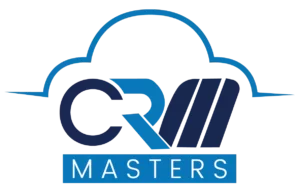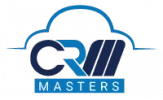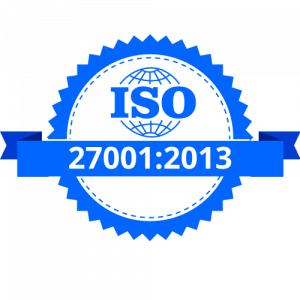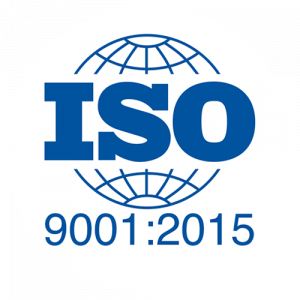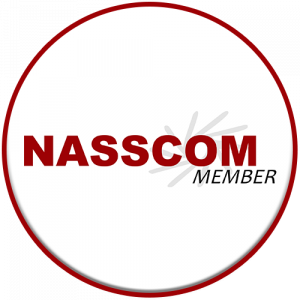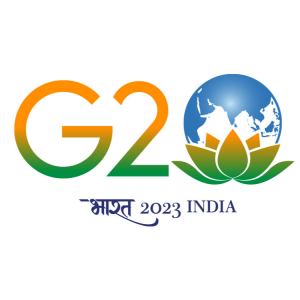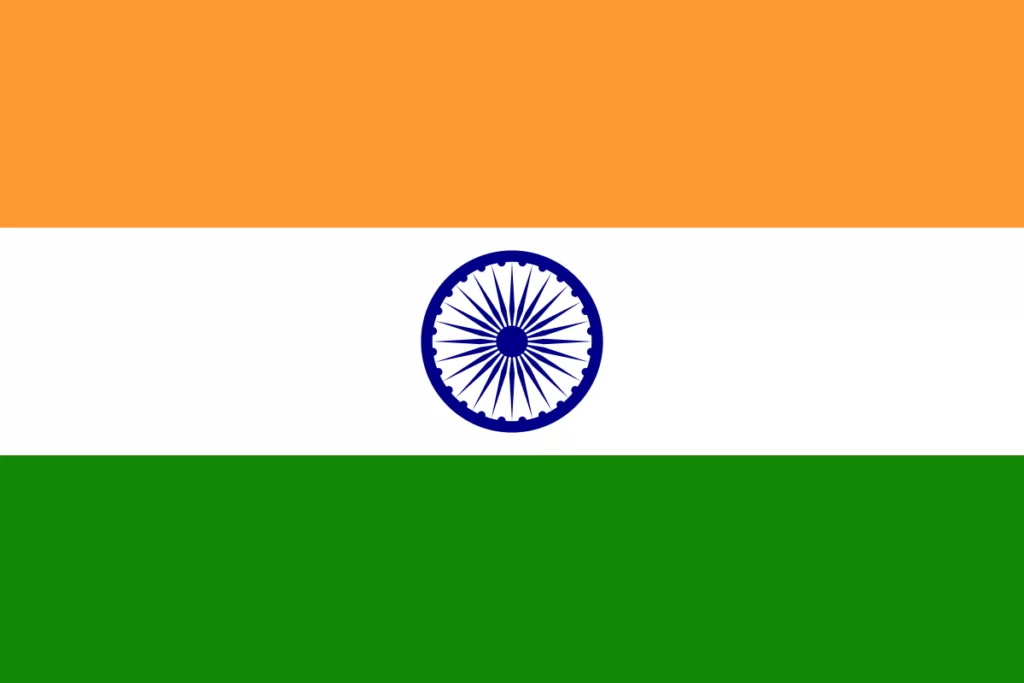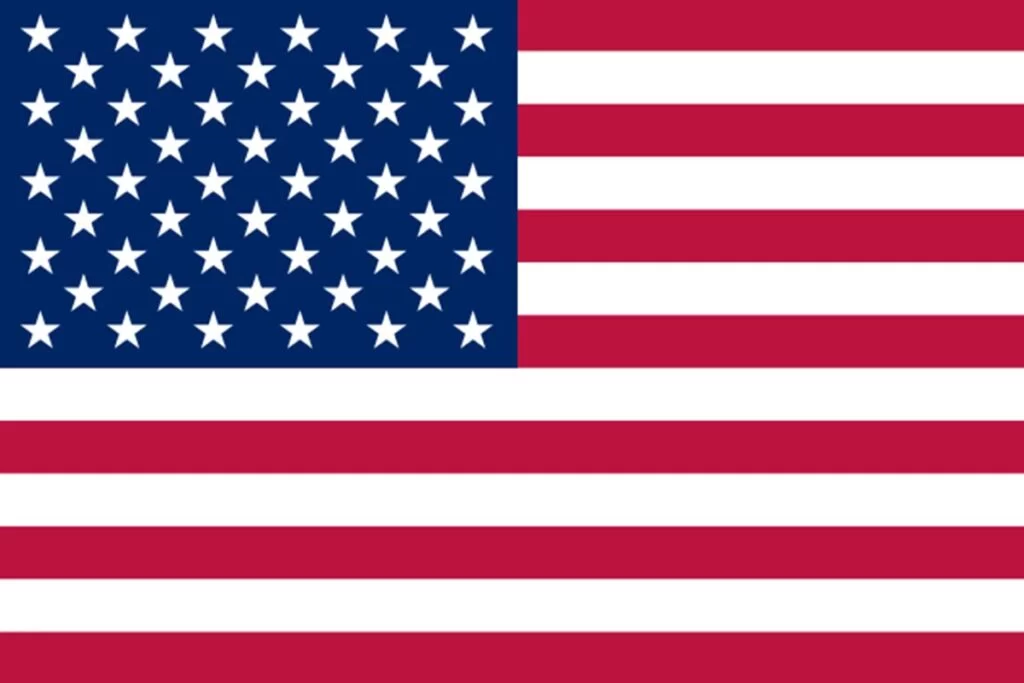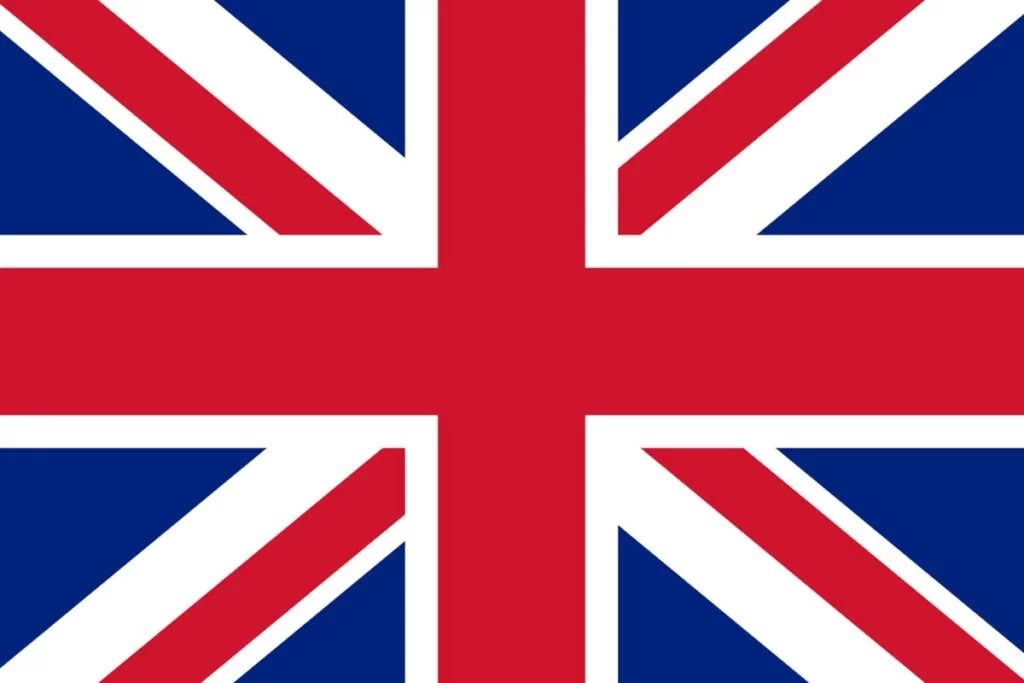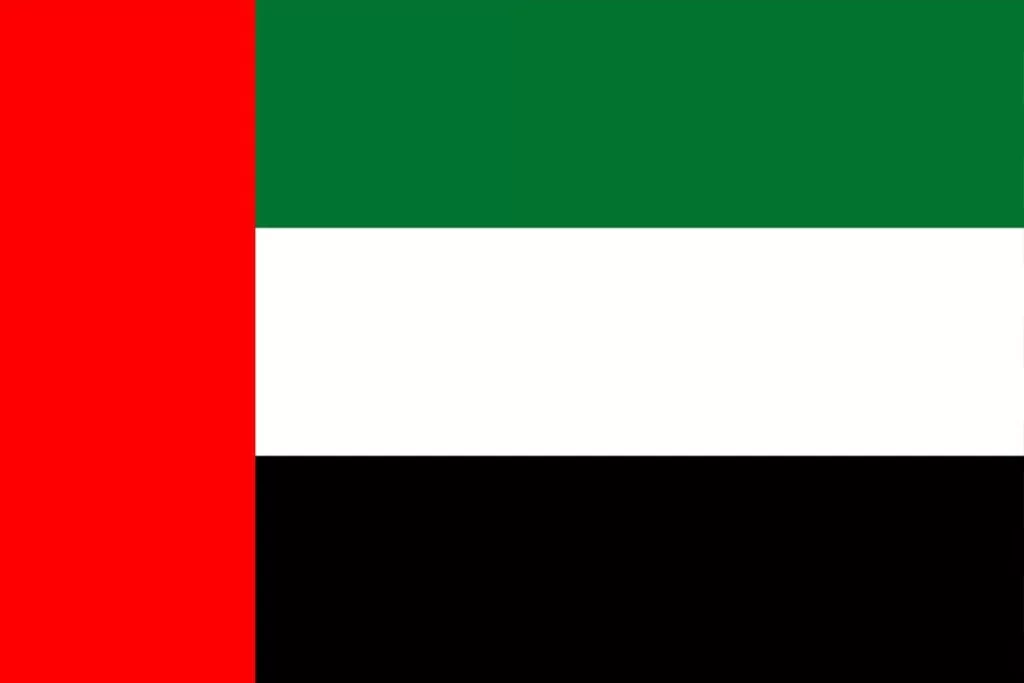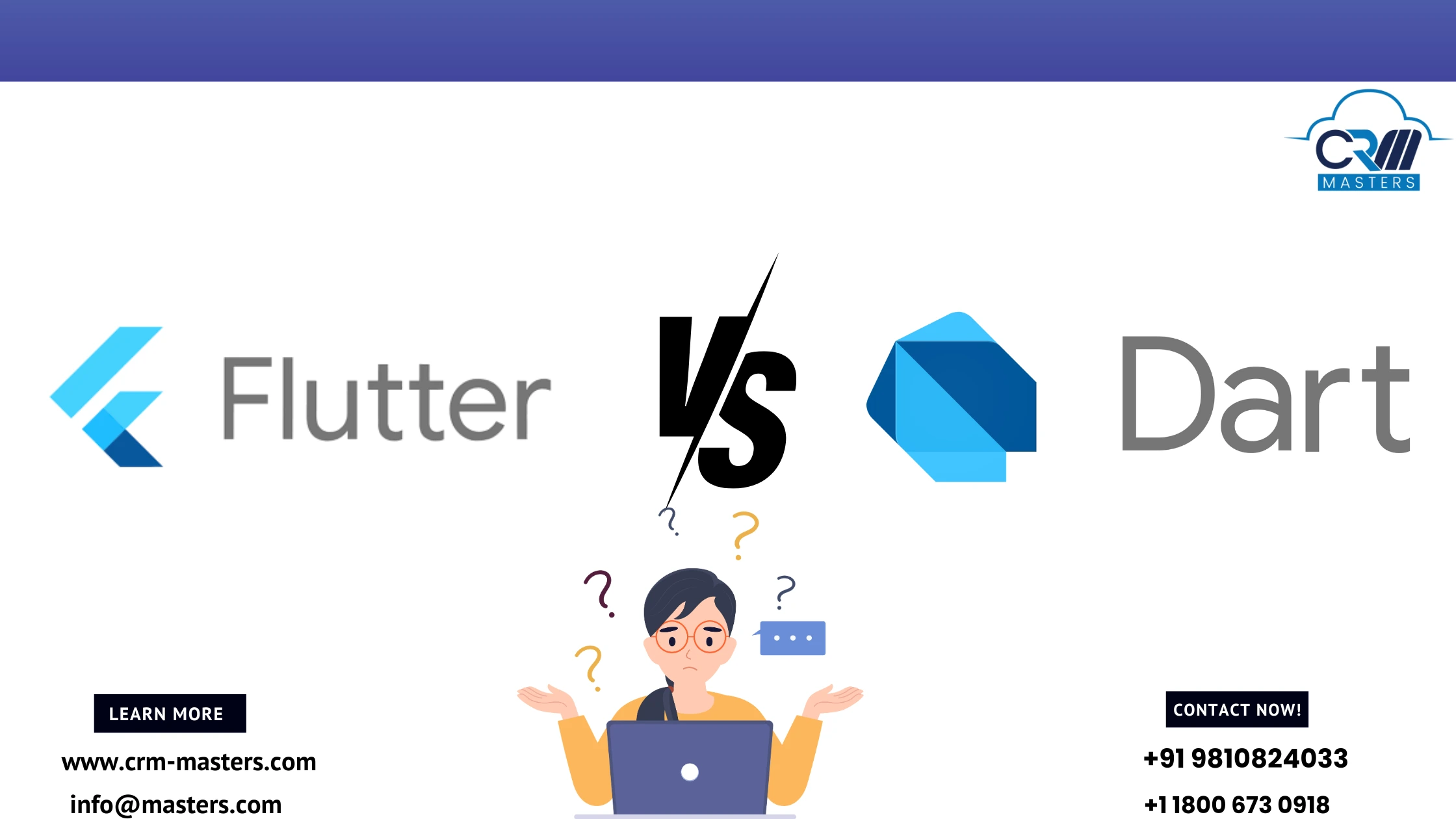
Flutter Vs Dart: Key Differences Between Both of Them
Over the past several years, Flutter and Dart have been expanding rapidly, and today, they are among the main forces influencing app development. With developers all across the world, Flutter has become among the most often used frameworks for mobile app development. Emphasizing efficiency and speed, Flutter compiles into native code, allowing you to create apps at a startling speed using Dart, the programming language that supports Flutter. In this blog, we will learn the Flutter Vs Dart and know their difference along with key features.
What is Flutter?
Flutter is an open-source UI toolkit that is developed by Google. Flutter can help you build natively compiled applications for mobile, web, and desktop from a single codebase. It also assists you in creating an efficient, beautiful, and smooth user interface.
Key Features of Flutter
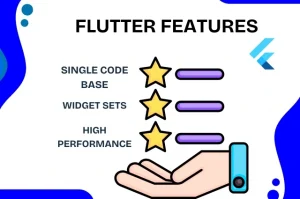
1. Single Codebase
Flutter has the Hot Reload feature that allows you to see the changes you made to the code instantly without having to restart the whole app.
2. Rich Set of Widgets:
Flutter has a rich collection of customizable widgets that help you to create beautiful and highly interactive UIs. You can also create your widget for a more personalized appearance.
3. High Performance:
Flutter compiles native ARM code, which helps you to build native performance on mobile and the web.
Also Read:- Flutter App development:Why is it trending in 2024
What is Dart?
Dart is an open-source programming language that helps you make fast apps on any platform. Dart can accomplish other development work, but it’s closely woven into the Flutter approach, in which it shines in building fast, scalable applications.
Dart is focused on front-end development and aims to be optimized for building UIs, particularly high-performance apps. Dart language is simple to use, supports asynchronous programming and can compile code to native, all of which make it suitable for developing Flutter apps.
Key Features of Dart
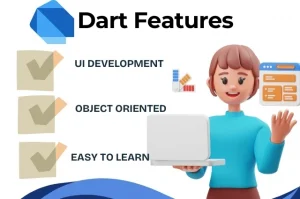
1. Optimized for UI Development:
Dart was designed for developing UIs. It includes features such as asynchronous programming and libraries that help developers create smooth and complex user interfaces that are vital to mobile app development.
2. Object Oriented
As an object-oriented programming language, Dart offers all the fundamental ideas like classes, inheritance, interfaces, and type tools.
3. Easy to Learn:
Dart is an easy-to-learn language who have experience in other programming language.
Flutter vs Dart: Feature Comparison
Flutter and Dart are closely related as they serve separate roles in the ecosystem of app development. Below, we will provide an in-depth comparison of Flutter Vs Dart of their features across significant areas
1. Performance and Speed
Flutter performs well as it builds the native ARM code. Thus, you have flawless mobile and other platform performance. Flutter makes apps quick and responsive without using any JavaScript bridge, which approaches almost native performance.
By aggregating native code (ARM) for mobile and web apps, Dart enables Flutter to attain performance. Low startup time and enhanced runtime efficiency abound from Dart’s ahead-of-time (AOT) compilation. Additionally, Dart offers just-in-time (JIT) compilation during development, hence enabling Hot Reload and accelerating growth.
2. Development Tools
Using Dart’s hot-reload capability, Flutter allows developers to see instantaneous application changes as they modify the code. Eliminating the need for separate development teams and codes for every platform, a single codebase will enable you to create apps for both Android and iOS. Moreover, Flutter’s vast spectrum of pre-built widgets and ready-to-use components supports more efficiency.
Dart’s concise syntax and rapid reload functionality considerably speed up development since code changes are almost instantly reflected in the application. This real-time input lets engineers iterate fast and effectively, hence accelerating the development cycle. Furthermore, Dart’s robust type system and stationary typing allow us to find mistakes early on in the development process, therefore lowering debugging time and improving output.
3. Community and Support
The active development communities for Flutter and Dart provide helpful knowledge and encouragement. The Flutter community is well-known for its active participation; developers help one another out, support open-source projects, and trade knowledge. This vibrant community promotes teamwork and facilitates the distribution of best practices and concepts.
For Dart, there is a dedicated development community aiming at language advancement. The community actively develops and maintains libraries and packages that boost Dart’s capacity, therefore facilitating programmers’ inclusion of advanced features and capabilities in their projects.
4. Purpose
With a single codebase, Flutter helps developers create apps that run on mobile (Android and iOS), web, and desktop. Its emphasis is on native UI that enhances and perfects performance as well as appealing user experience.
Development of mobile (Flutter) and web apps using the programming language Dart. Its general goal is to create front-end development-emphasized high-performance applications. Although Dart is also for server-side programming, its primary use is related to Flutter, which is applied in app development.
5. Learning Curve
Flutter offers a rich widget library and a declarative UI experience, which can appear significantly tricky at first. Still, once you have a strong understanding of the fundamentals, it is relatively simple to work with. Flutter’s approach is natural for OOP (object-oriented programming)-minded developers. All of the abundant documentation, comprehensive tutorials, and pre-built widgets greatly assist in cutting down on the learning curve.
The learning curve for Dart is moderate. It is an object-oriented language with a syntax expression similar to languages like JavaScript and Java, allowing developers to switch to Dart from other programming languages with ease. The syntax for Dart is relatively clean, but it takes a while to get used to the advanced usage of various concepts, such as asynchronous programming and streams.
Why Flutter Uses Dart as Its Programming Language?
Flutter and Dart are meant to work together, and there are quite a few reasons why Flutter has decided to use Dart as its primary programming language.
1. Performance:
Flutter applications compile directly to native code through Dart, which makes it possible for Flutter applications to perform seamlessly across mobile, web and desktop. This allows for the second advantage of native development without the need for any JS bridge, as is the case with almost every other framework.
2. Productivity:
Developers can write clean, concise code with the help of Dart’s syntax and tooling that is tailored for UI development. Along with Flutter’s Hot Reload feature, which speeds up the process, it provides a massive advantage to the Flutter framework.
3. Asynchronous Programming:
Dart’s native support for asynchronous programming is a major plus point for Futter that allows developers to retrieve data or perform background processing without pausing the main UI thread.
4. Cross-Platform Consistency:
Dart makes it possible for Flutter to maintain a single codebase across platforms while still being fast. Since it can compile native code for mobile and JavaScript for the web, it made perfect sense for Flutter’s multi-platform ambitions.
Conclusion
Flutter and Dart form an excellent duo for the development of high-performance mobile and web applications. Beyond just the language, Flutter provides full capabilities to build beautiful, or even native-like UIs, at high speed with efficiency thanks to the Dart language behind the scenes. If you are building your first app or hoping to enhance one that already exists, these technologies allow you to deliver fast, scalable, and visually attractive apps across many platforms.
Looking to learn how Flutter can help you develop your app ideas?
CRM Master’s Infotech is a leading Flutter app development company for mobile and web applications. We have Highly expert developers with rich experience to optimize the best of Flutter and Dart to build a unique app.
Contact us today to discuss how we can bring your app ideas to life using the power of Flutter!
